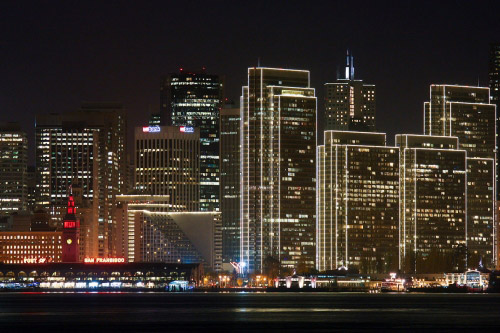
In the lighting industry's mission to become the backbone of the fledgling Internet of Things (IoT), it faces several daunting challenges, including a conundrum: While the LEDs inside luminaires last for purported decades, facility operators might have to frequently replace the chips and sensors embedded in those same fixtures.
Not that the chips will fail. It's just that IT being IT, advanced editions will emerge every 18 months or so. That means that commercial enterprises with IoT-enabled light fittings will have to either live with older technology, or undertake costly retrofits.
Now, a new standards initiative hopes to avert this problem in commercial buildings. The IoT-Ready Alliance wants to ensure a consistent, easy, inexpensive method for keeping indoor smart lighting up to date.
“The Alliance is setting industry standards that will enable LED light fixtures to be 'IoT-Ready,' facilitating a quick and easy installation of advanced IoT sensors,” the new group said in launching at the LightFair International exhibition in Philadelphia this week.
The IoT-Ready alliance claimed that by making sensor replacement “as simple as changing a light bulb,” it will “enable building operators to easily upgrade the sensors, ultimately future proofing their buildings as IoT technology continues to advance at a much more rapid pace than that of LED fixtures.”
The lighting industry hopes to convince commercial and outdoor lighting operators that lights provide a perfect ready-made skeleton to house the chips and sensors that gather data for the IoT, because lights are ubiquitous and because the electricity lines that already feed the lights can also power the components, eliminating the need for problematic batteries.
The standards will “future proof” smart lighting in office buildings, the IoT-Ready Alliance said. (Photo credit: Joe Parks via Wikimedia.)
So-called “connected lighting” will observe everything from room occupancy, people movement, air quality, and much more. The data can trigger other actions such as resetting the heating, alerting facility managers how to re-assign space, or engaging and selling to customers in a retail store. In outdoor environments it could help manage traffic, find parking spaces, alert police and fire crews to emergencies, and so on. IoT lighting typically entails tying the data into cloud computing systems for analysis and sharing.
“Lighting fixtures are an ideal carrier for IoT technology in smart buildings, providing ubiquitous location for granular data collection throughout the building while delivering electric power to the sensors,” the IoTReady Alliance said. “Yet today, only a small percentage of LED fixtures have smart sensors. After the initial installation of LED fixtures, installing a sensor is cost prohibitive, making the later addition of sensors unlikely.”
The new alliance has been spearheaded by Sunnyvale, CA-based Enlighted Inc., which specializes in IoT and energy services for buildings; Tridonic GmbH, the lighting controls subsidiary of Dornbirn, Austria-based Zumtobel; and DesignLights Consortium, a Lexington, MA-based non-profit group that promotes efficient lighting.
“There is tremendous urgency to enable today’s shipping LED luminaires to be easily upgraded with IoT technology,” said Enlighted CEO Joe Costello. “Otherwise, these luminaires condemn buildings to be unintelligent for the entire lifecycle of those fixtures. Fifteen or more years is a long time before building owners have another chance to install smart sensors. With IoT-Ready fixtures, customers can install future-proof LED luminaires in their buildings.”
Tridonic CEO Guido van Tartwijk sang from the same hymn sheet, noting that “IoT-Ready future proofs lighting fixtures so that customers do not have to worry about forward compatibility to upcoming technology upgrades that are expected in the fast-developing world of IoT.”
Some industry observers might question whether it's even necessary to replace sensor and chip hardware, because software sent via wired or wireless connections could provide the updates.
The industry is also already involved in other efforts to sort out standards that would facilitate the adoption of lighting-based IoT, which is characterized by a panoply of technologies that don't always speak the same language, such as Wi-Fi, Bluetooth, ZigBee, Z-Wave, NarrowBand IoT, VLC, and others.
Some lighting companies are supporting the Thread Group, an IT-driven initiative to establish common IoT protocols based on the low-power version of IPv6, the protocol that provides common identification and location schemes for computers across the Internet.
And some lighting IoT companies such as Aurora and Gooee are eagerly awaiting the ratification of a long-delayed Bluetooth Mesh standard.
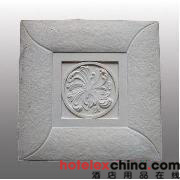

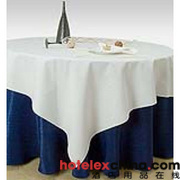
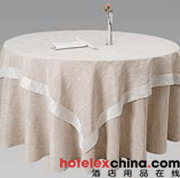
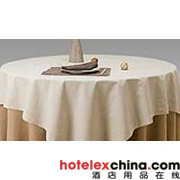
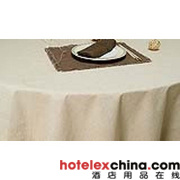
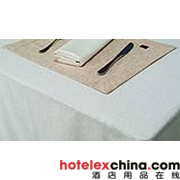
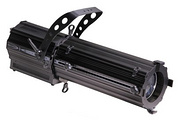


Service Hotline
Work Time:Mon-Fri 9:00-18:00
UTC+8

Sinoexpo Digital Platform
Copyright 2006-2024 Shanghai Sinoexpo Informa Markets International Exhibition Co., Ltd. All rights reserved
沪ICP备05034851号-77
 沪公网安备 31010402000543号
沪公网安备 31010402000543号